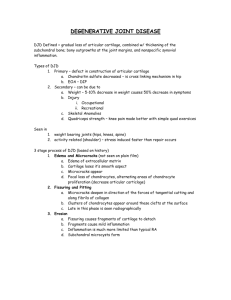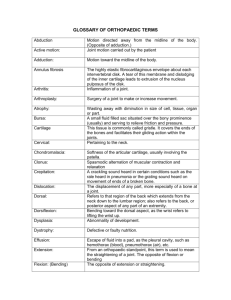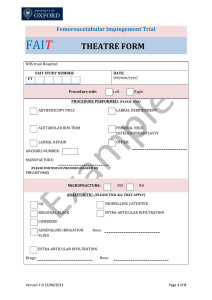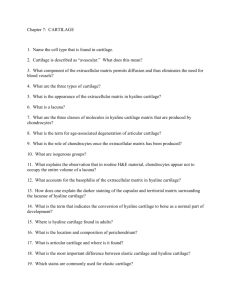Capitellar OCD Arthroscopy Classification Powerpoint
advertisement
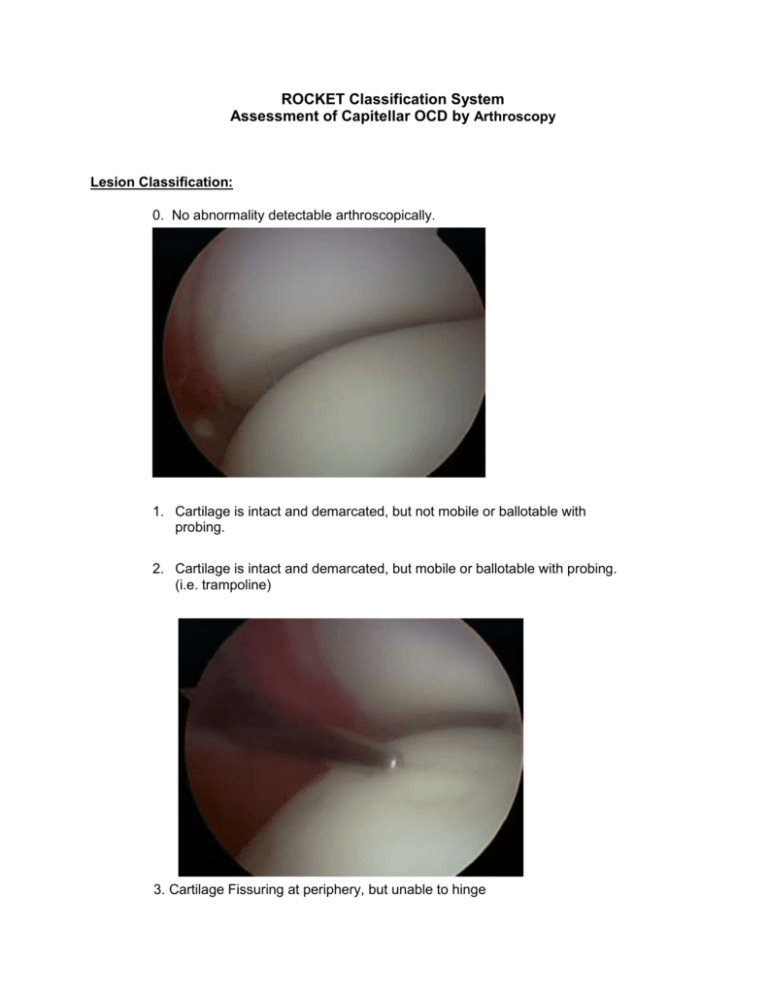
ROCKET Classification System Assessment of Capitellar OCD by Arthroscopy Lesion Classification: 0. No abnormality detectable arthroscopically. 1. Cartilage is intact and demarcated, but not mobile or ballotable with probing. 2. Cartilage is intact and demarcated, but mobile or ballotable with probing. (i.e. trampoline) 3. Cartilage Fissuring at periphery, but unable to hinge 4. Cartilage Fissuring at periphery, with intact hinge, i.e. – trap door configuration 5. Circumferential Fissuring, but lesion is in situ, i.e. ‘manhole cover’ 6. Exposed subchondral bone defect, i.e. crater If 6, classify the loose fragment as: A. Congruent - i.e. the fragment fits into crater without modification B. Incongruent - i.e. the fragment fits into crater with modification C. Fragmented D. Absent E. Subchondral bone a. Intact b. Crater Other thoughts: 1. Fibrocartilage layer in place – i.e. chronicity 2. Bipolar lesion 3. Arthroscopic evaluation of location – i.e. involvement of the capitellar shoulder The use of either Outerbridge classification or the ICRS system may not be needed other than as included above Surface Cartilage Appearance “The predominant condition of the articular cartilage of the OCD fragment (excluding the peripheral boundary regions) can be best characterized as Stage x (Using the ICRS Classification System 0-4)” ` Modified Outerbridge Classification 0. Normal Cartilage 1. cartilage swelling and softening 2. less than 50% loss of cartilage thickness 3. more than 50% loss of cartilage thickness 4. complete loss of cartilage with subchondral bone exposure From Outerbridge, 1961 Outerbridge RE: The etiology of chondromalacia patellae. J Bone Joint Surg Br 1961, 43-B:752-757. 1. softening and swelling of the cartilage 2. fragmentation and fissuring in an area half an inch or less in diameter 3. Same as grade 2 but an area more than ½ inch in diameter 4. erosion of cartilage down to bone ajs.sagepub.com/content/26/6/853/F7.large.jpg

